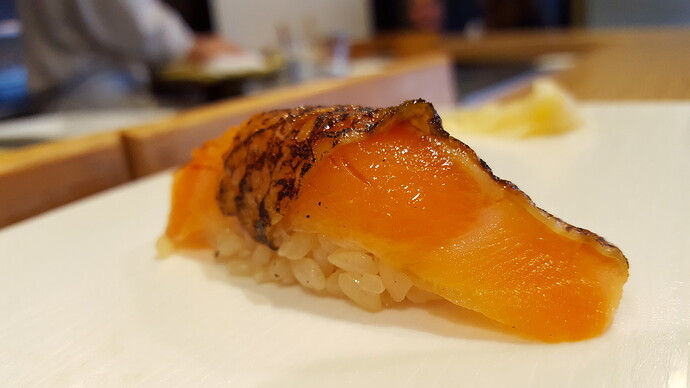Does ordering one of everything make you look fat? #askingforafriend
not sushi

Tai - Red snapper
Hirame - Halibut
Suzuki - Sea bass
Kurodai - Black seabream
Aori Ika - King Squid

Kanpachi - Amber Jack
Maguro - Bluefin
Inada - Baby yellowtail
Babies always taste better
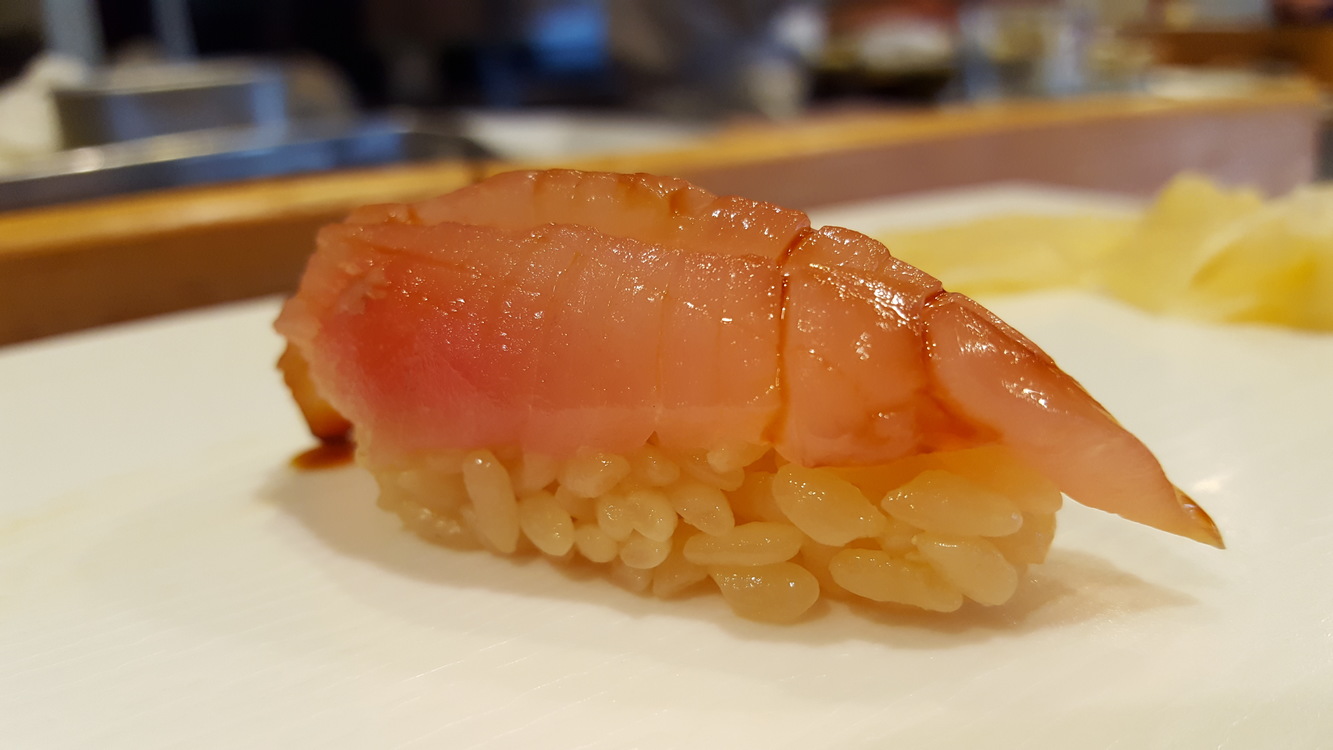
Chu toro - medium fatty tuna
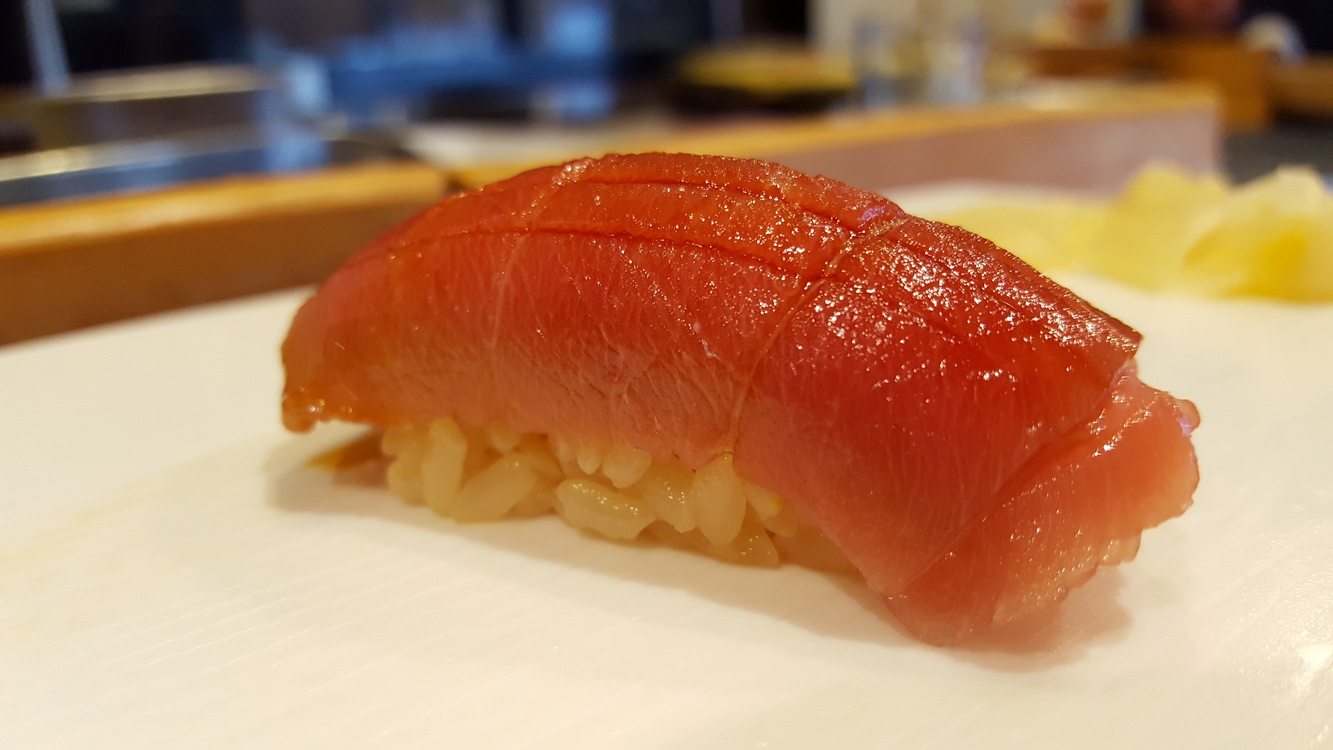
Sawara - King mackerel
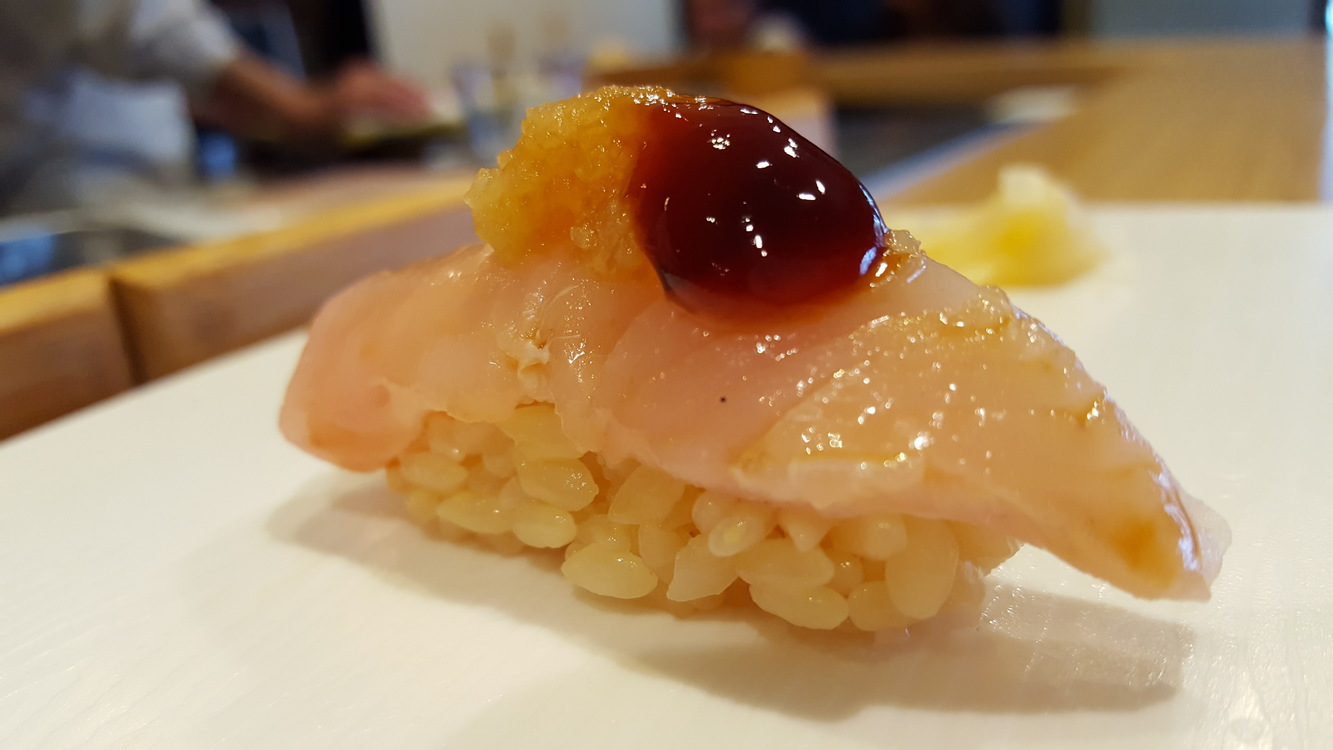
Sake - Salmon
Ikura - Salmon roe
Crab handroll

Renko Dai - Red seabream

Tachiuo - Belt fish

Mejina - Opal eye
Nodoguro - Black Throat Sea Perch
Kohada - Shad
Hotate - Scallop
Santa Barbara Uni
Kamasu - Barracuda
Otoro - fatty tuna
Ama Ebi - Santa Barbara spot prawn
I found it a bit rude I was being stared at as I was eating its body.
Sayori - half beak
Himi Buri - Winter premium yellowtail
Can somebody translate?
Tobiuo - Flying fish
Akayagara - Trumpet fish
Saba - Japanese mackerel

Kegani - Haircrab

Unagi - Fresh water eel
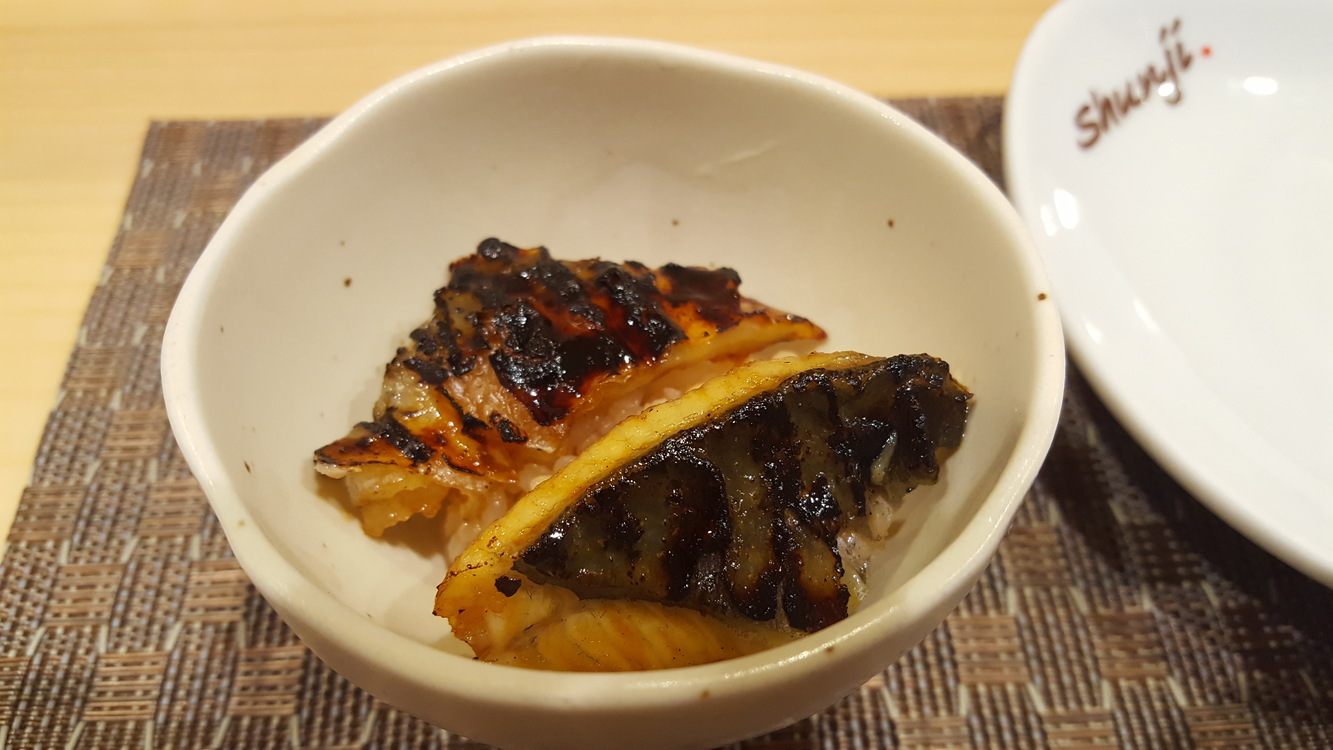
Masu - Ocean trout
Aji - Spanish makerel
Nagareko - Baby Abalone
Bafun Uni
Hata - Japanese grouper
Isaki - Grunt fish
Kama toro - fatty tuna collar
Tako - Braised Octopus
Kinmedai - Goldeneye snapper
Chikamekintokidai - Alfonsino
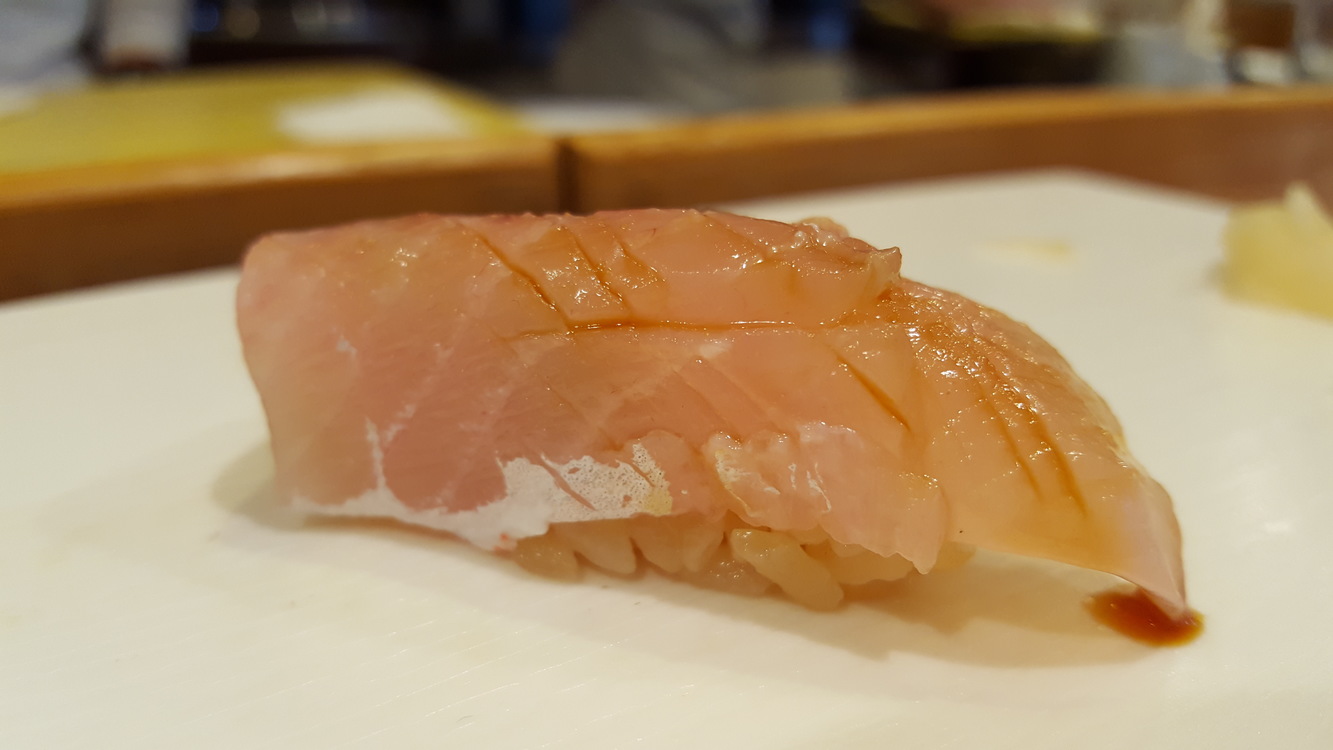
Anago - Sea eel
Tamago - egg
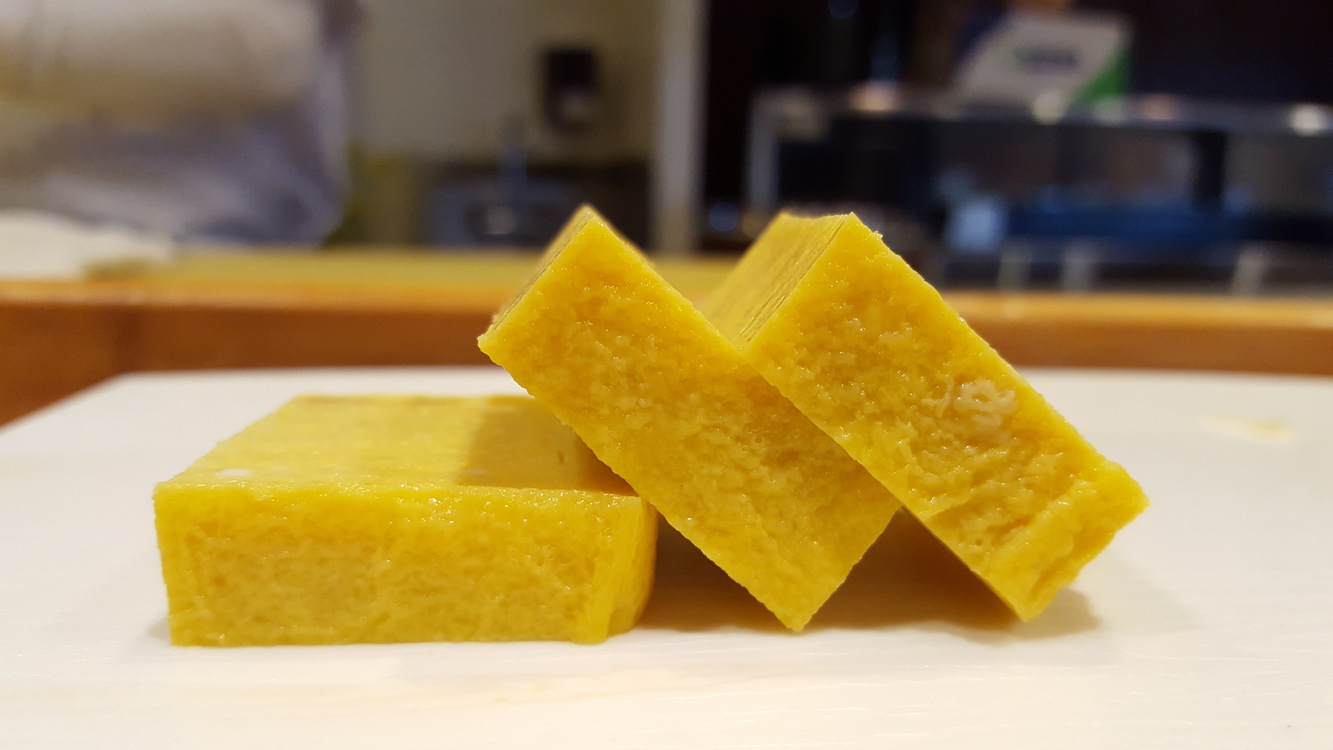
Fin
update
It’s hairy crab and sperm season #gotmilt?
snapper, uni, ponzu


shirako tofu - sperm

oyster
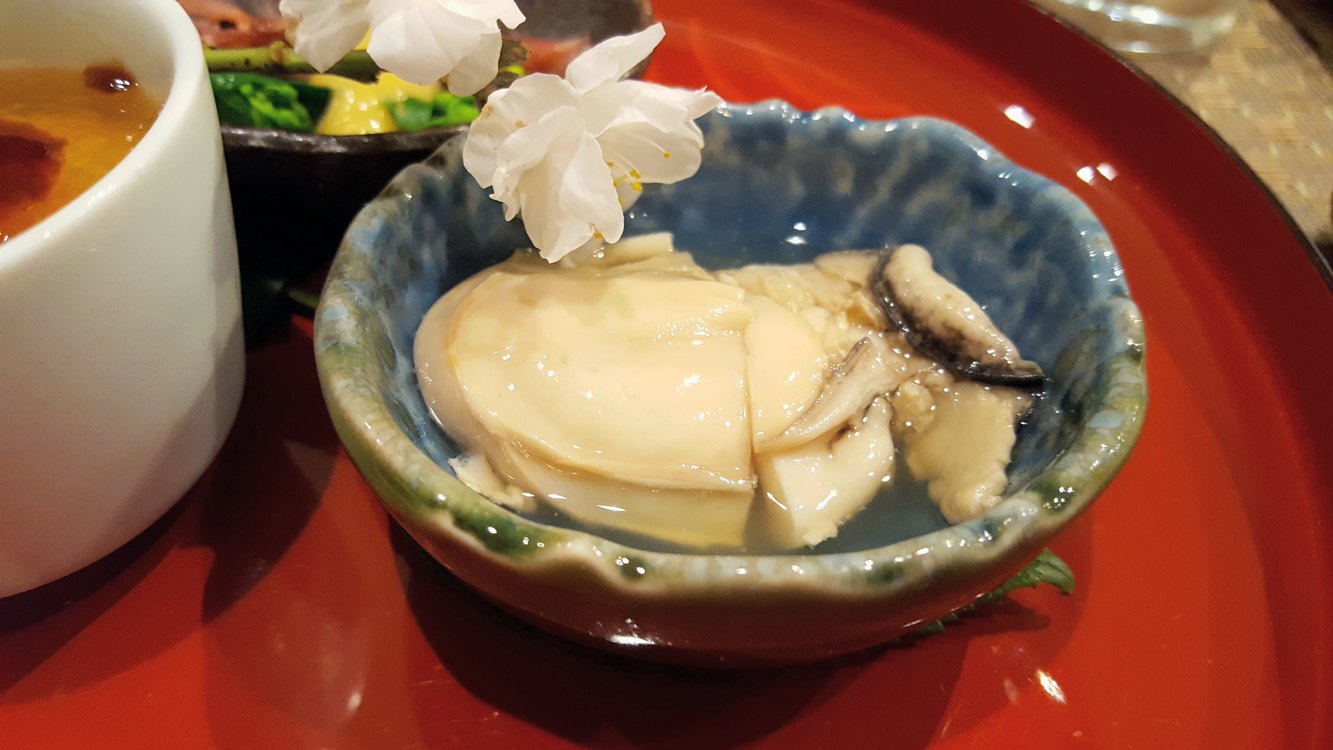
hotaru ika - firefly squid

kegani - hairy crab

brains
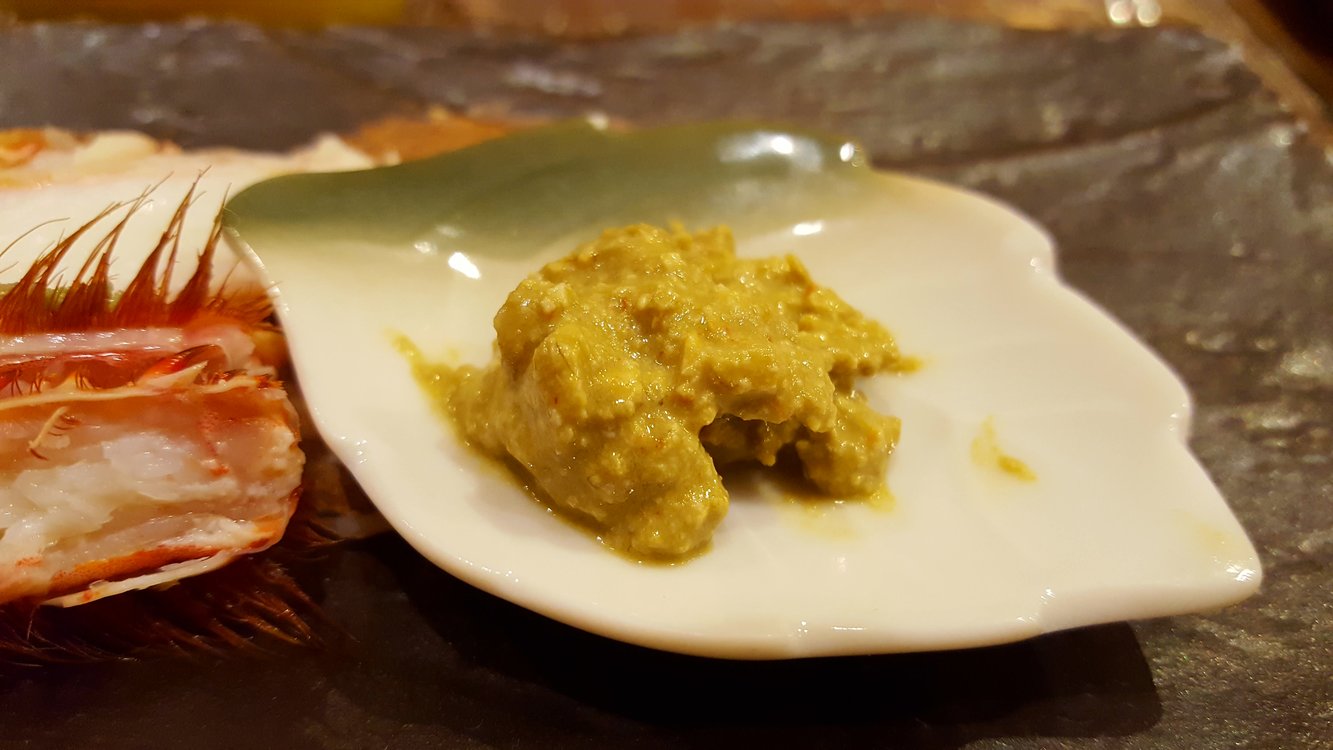

gari

madai - red sea bream

kinmedai - golden eye snapper
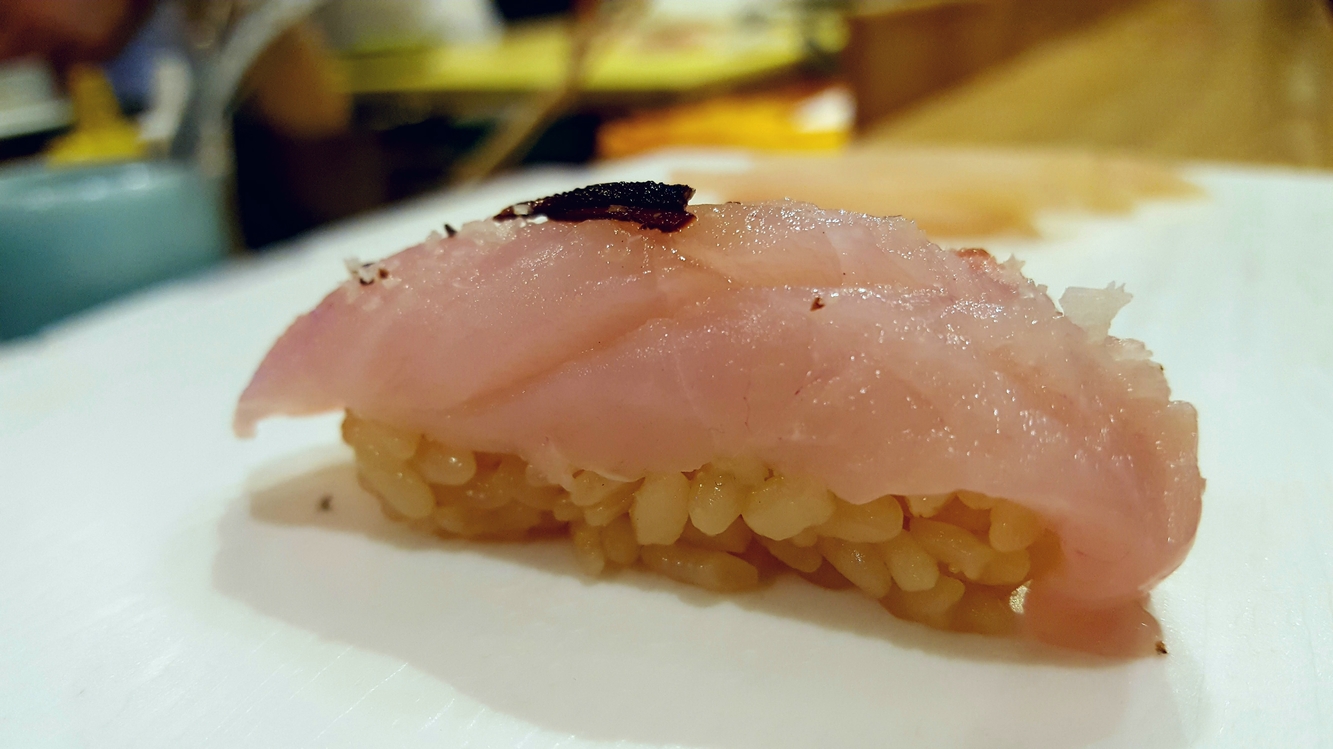
rockfish
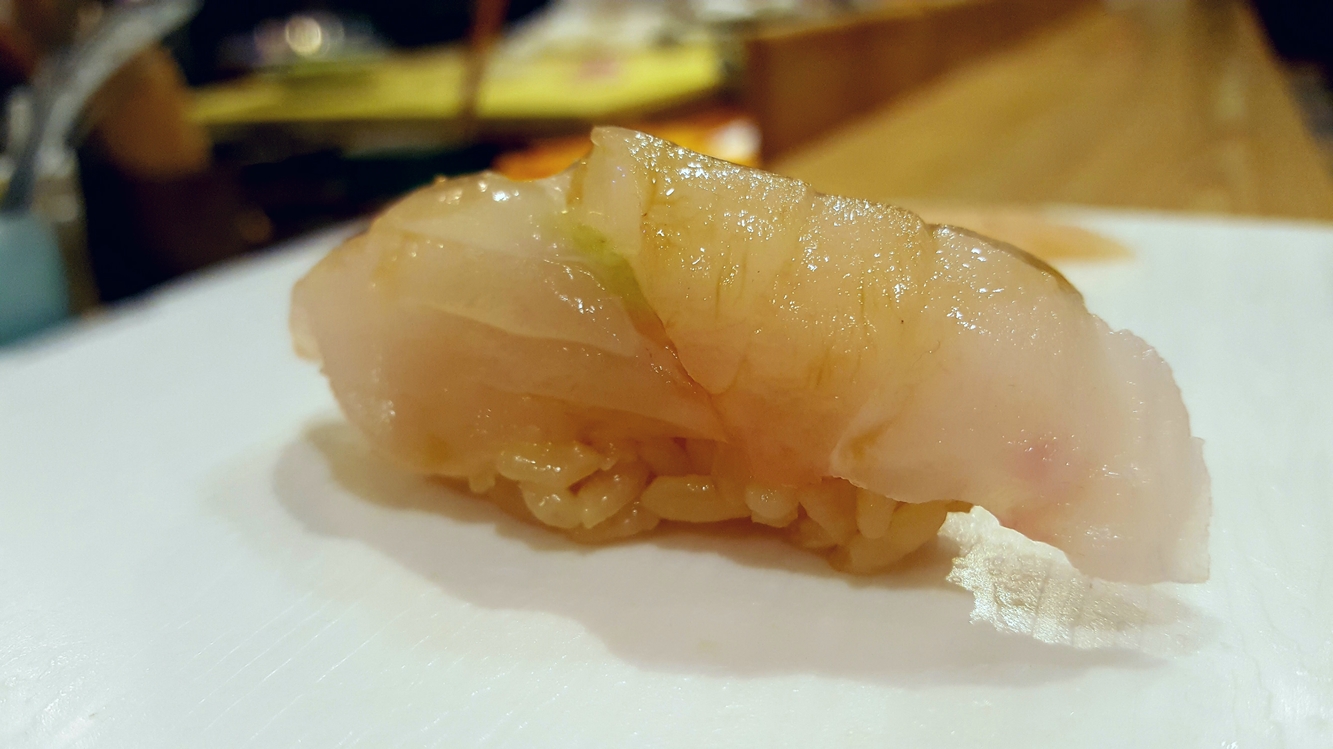
sayori - halfbeak
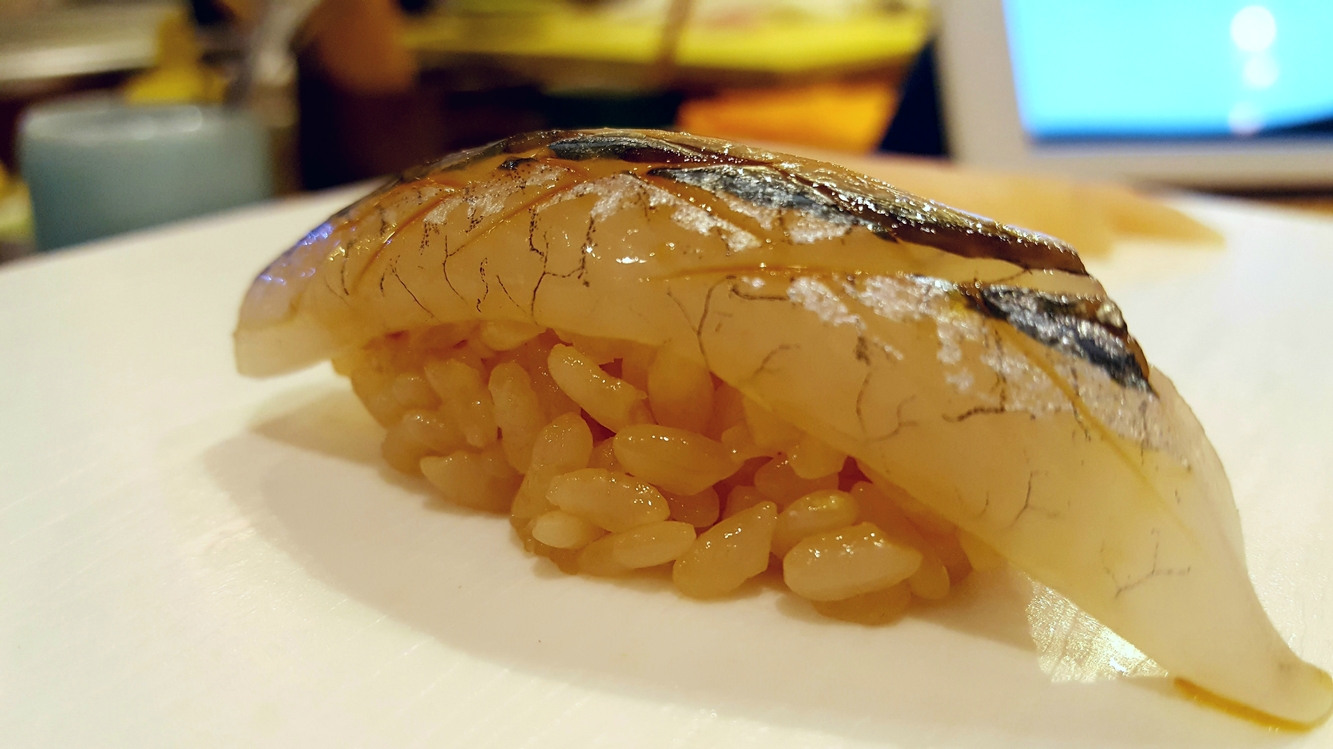
seigo - baby sea bass
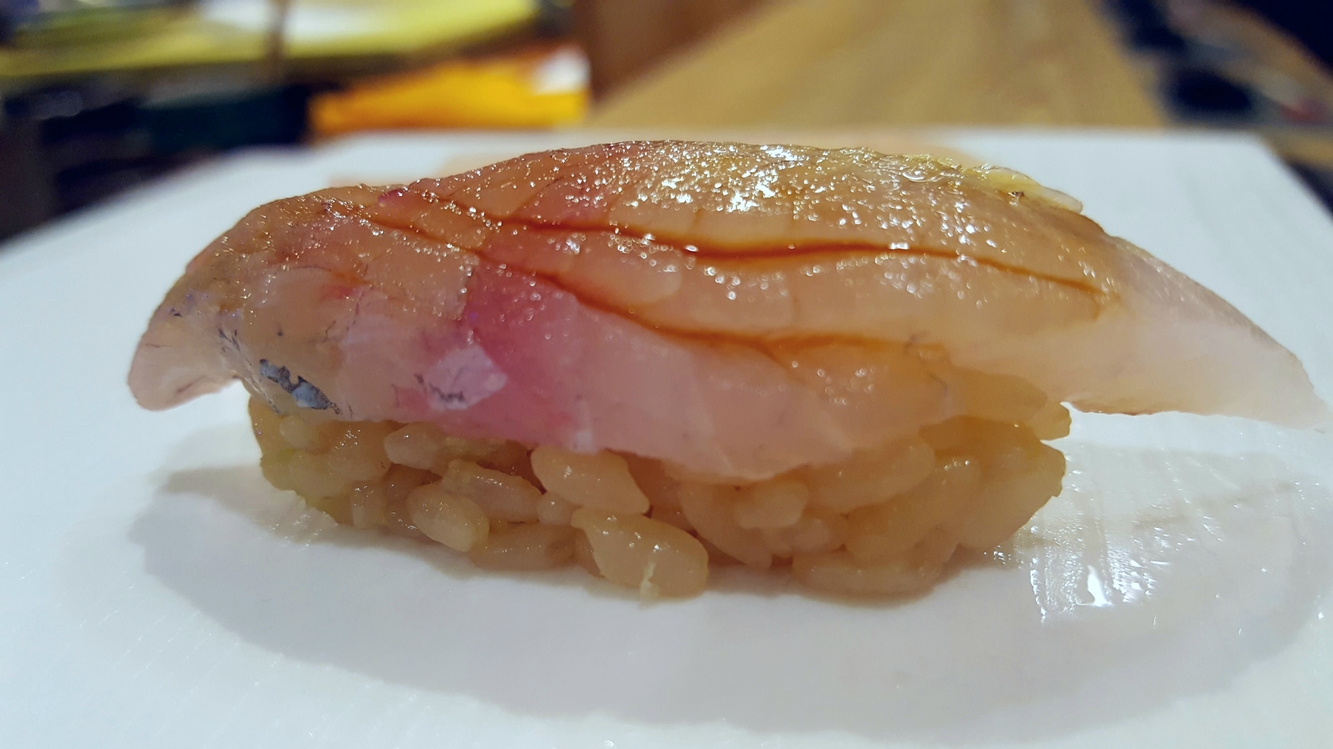
ikura - salmon roe

shima aji - striped jack

maguro - bluefin

chutoro - medium fat bluefin belly

pomfret
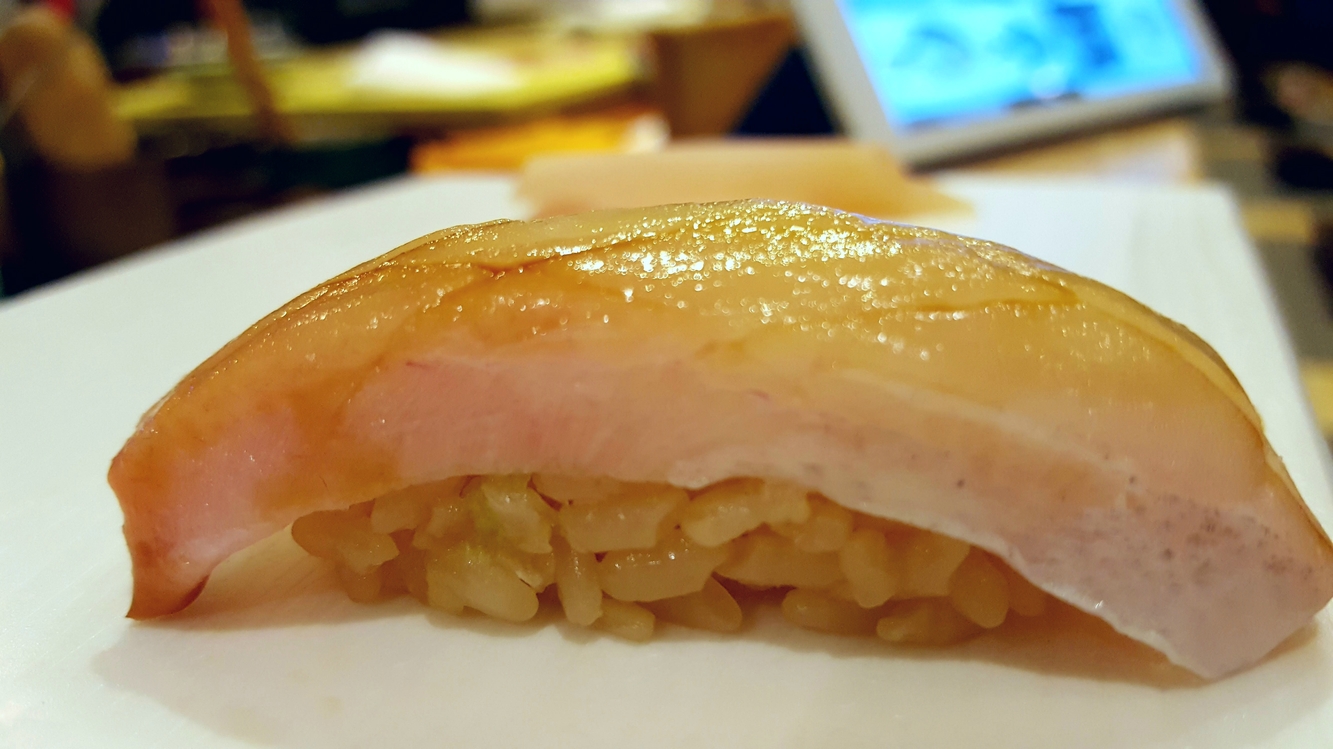
ika - squid
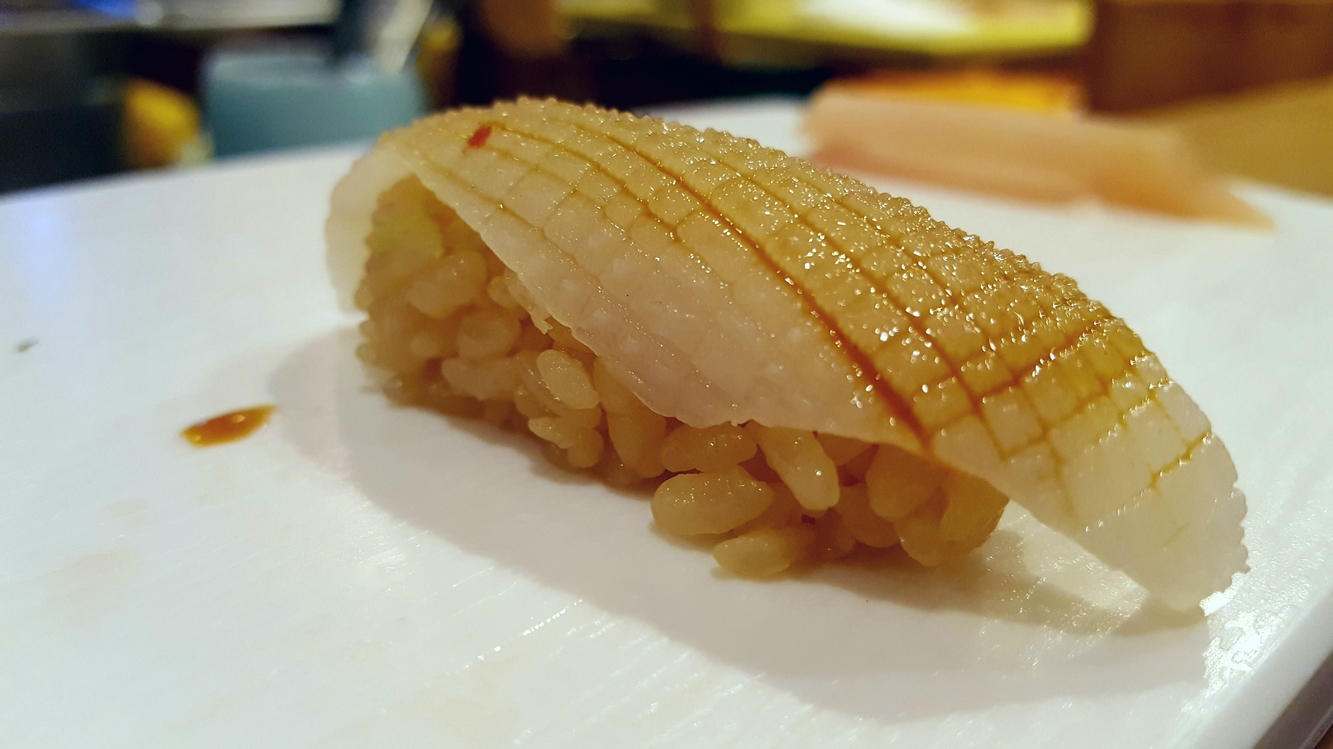
kanpachi - amberjack

boton ebi - prawn

inada - baby yellowtail

otoro - fatty tuna belly
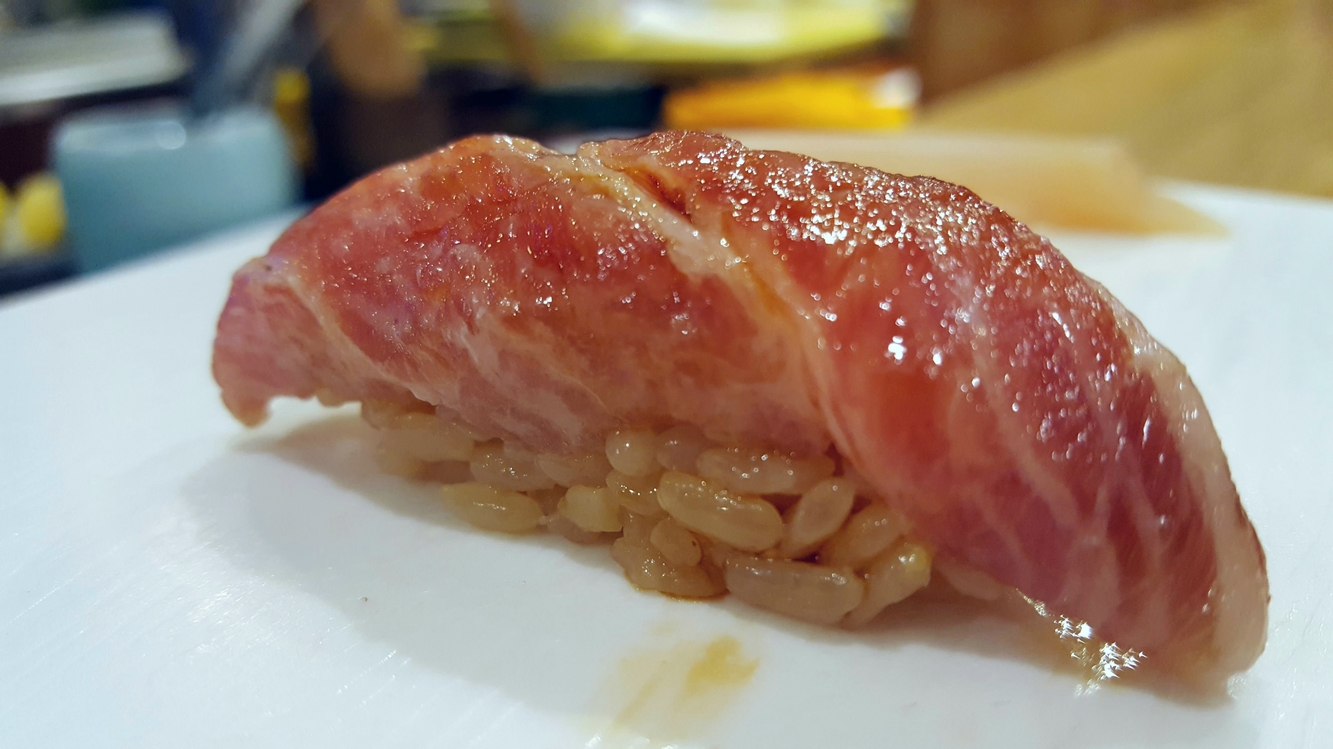
shirauo - icefish
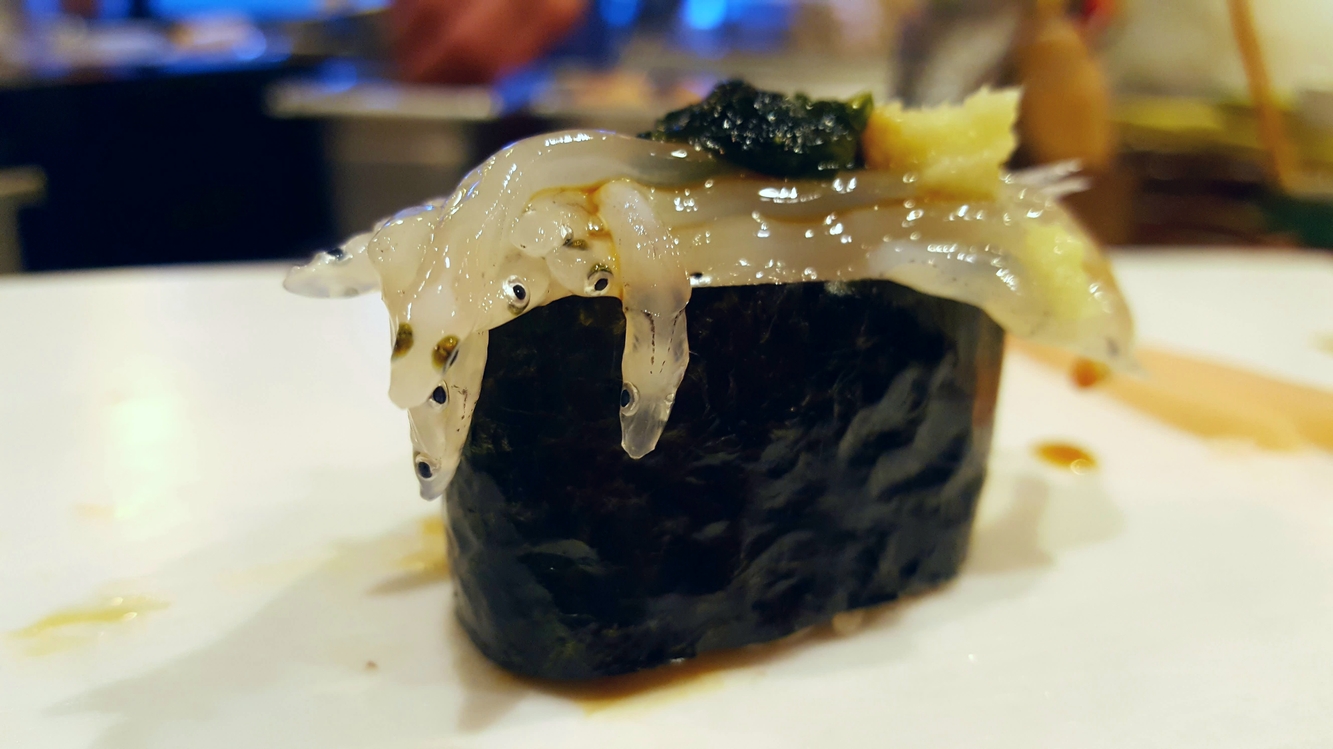
hotate - scallop
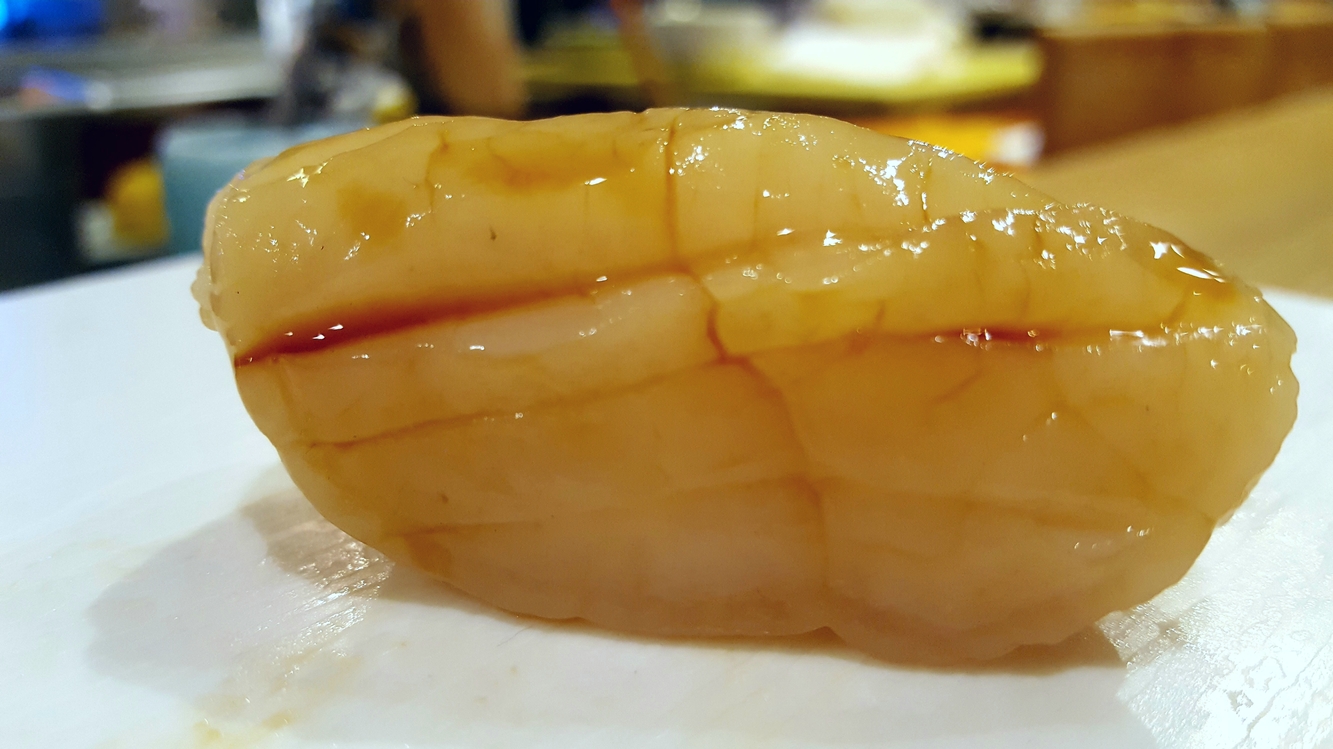
katsuo - bonito

uni - santa barbara sea urchin
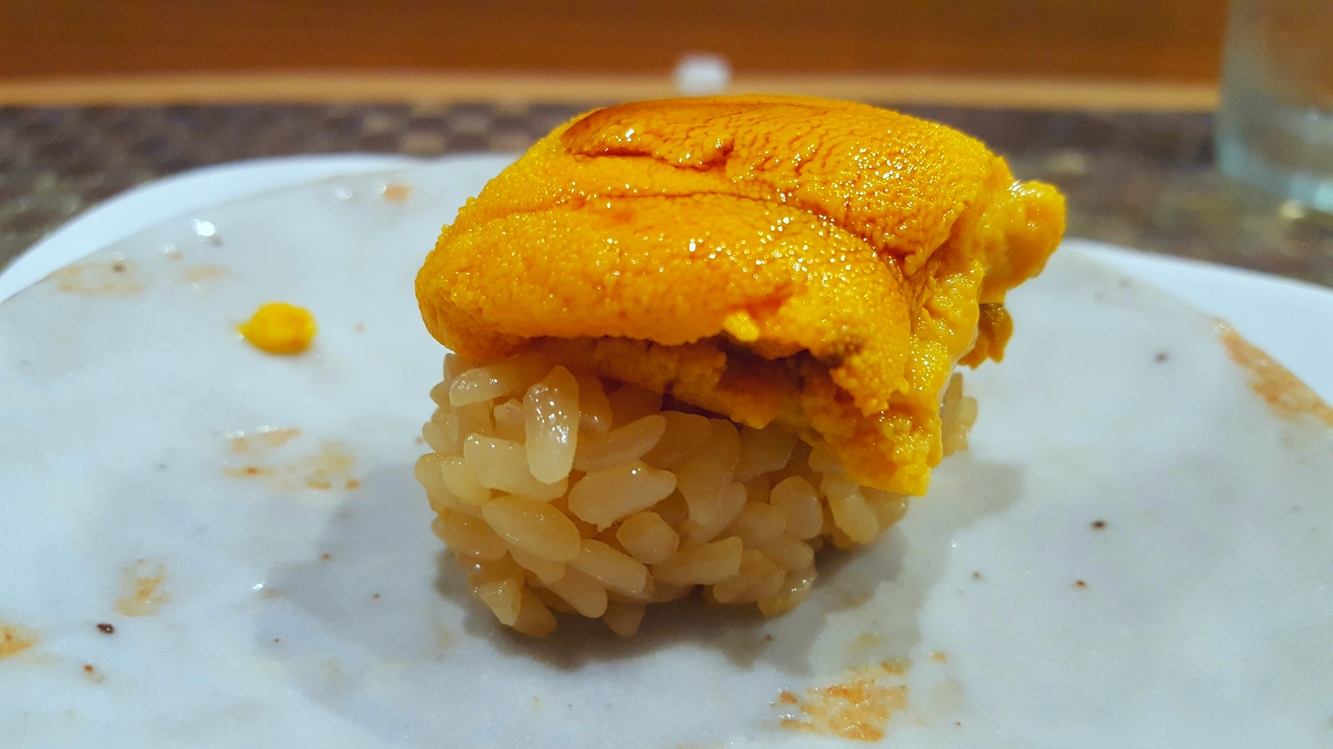
saba - mackerel

zuwaigani - snow crab
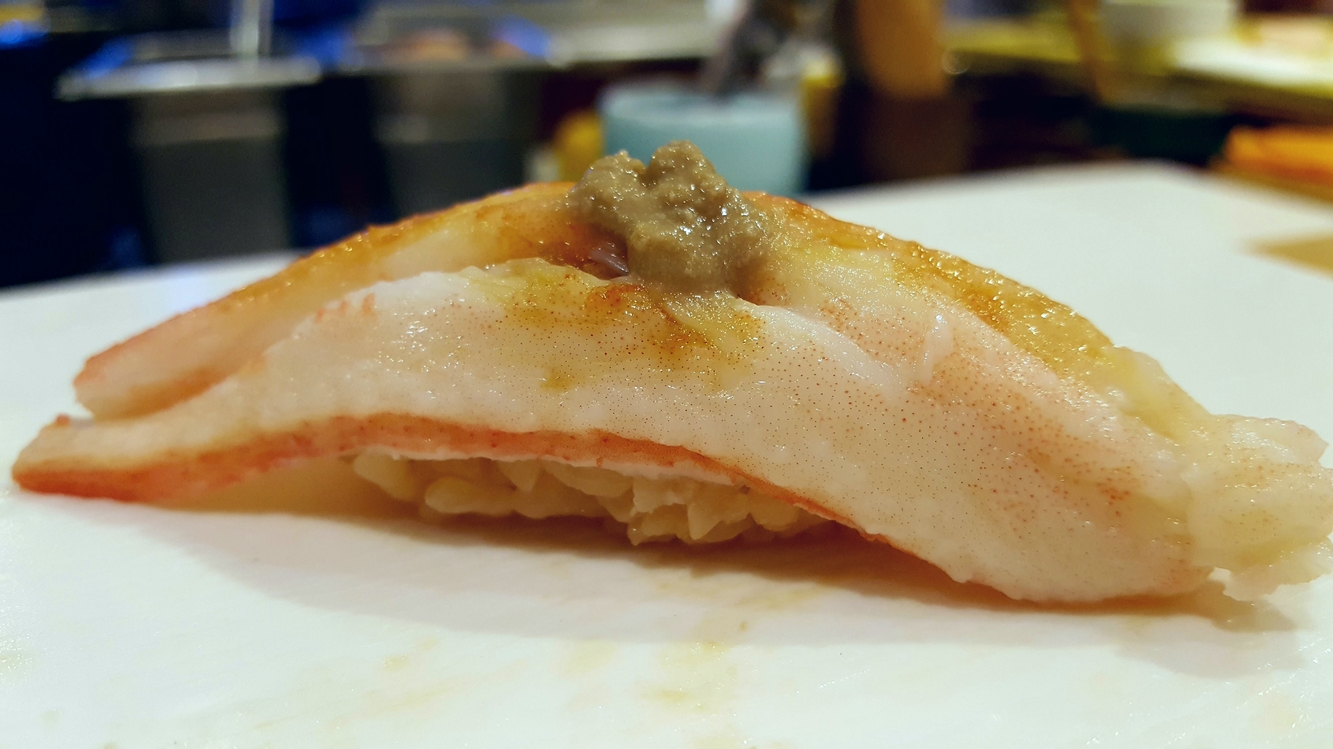
ama ebi - boston sweet shrimp
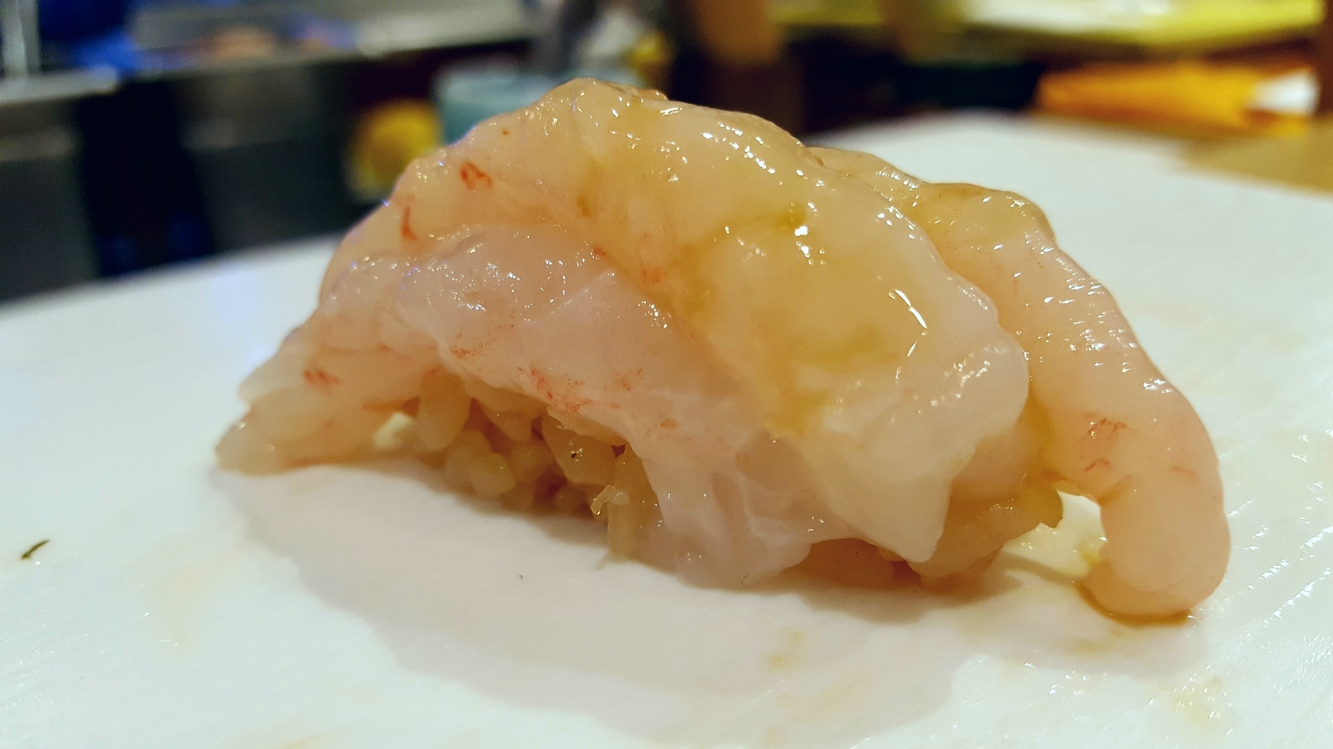
masu - ocean trout

aji - spanish mackerel

nodoguro - black throat seaperch
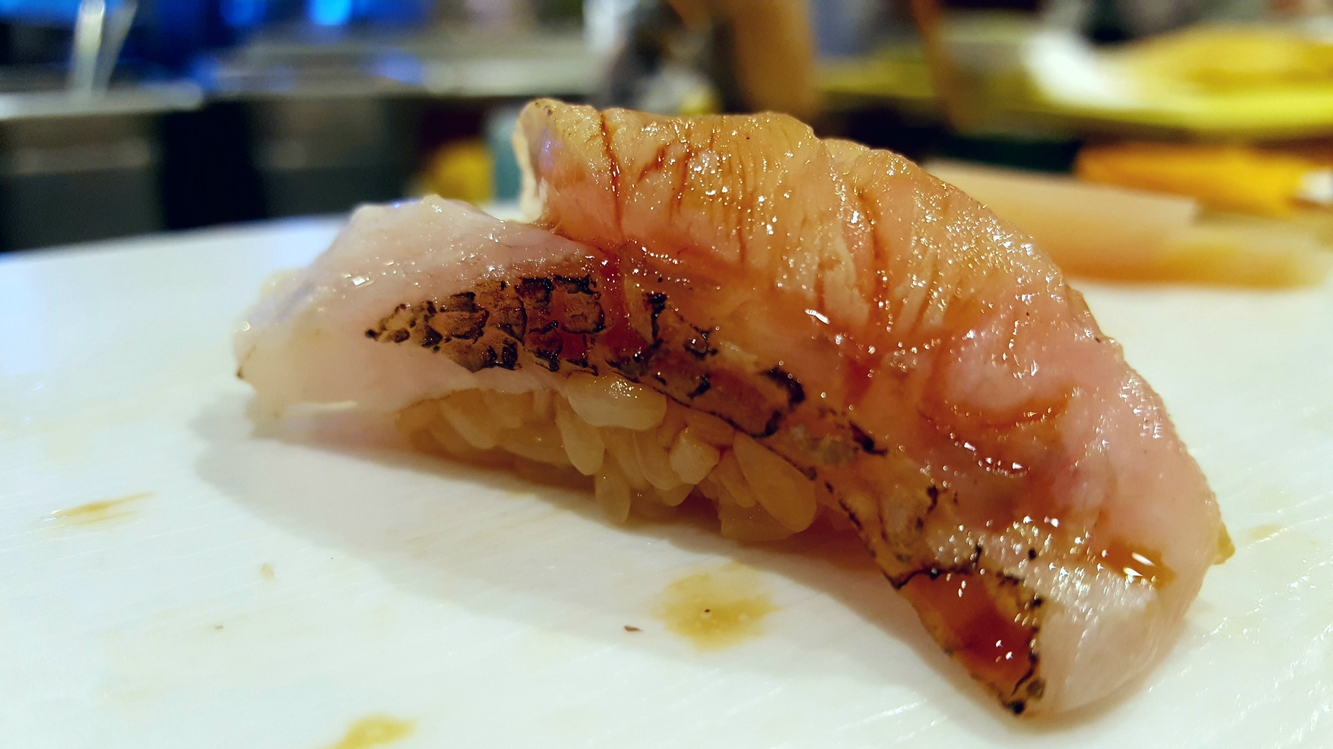
ankimo - monkfish liver
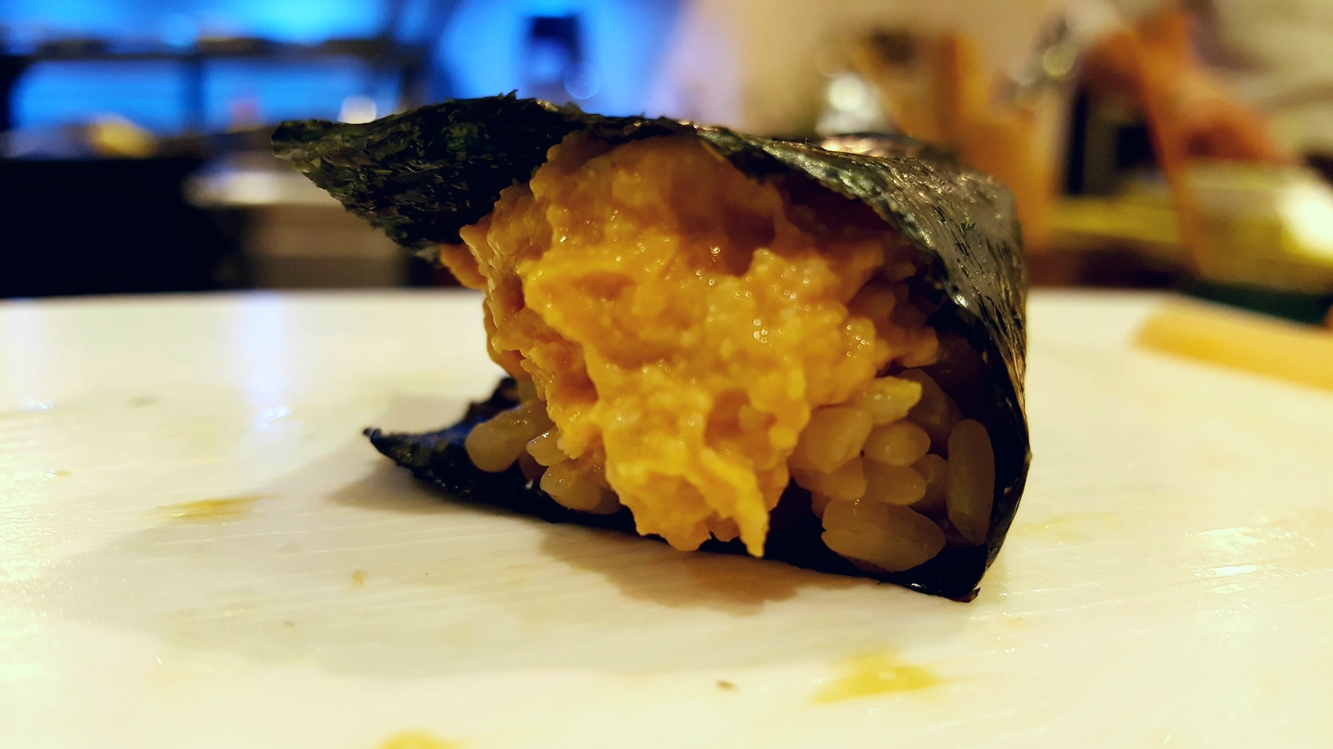
head

strawberry

extended OOE carmakase bang-bang #covid15
Somebody in another thread requested to see more pix, so here you go.
bluefin tuna toro don
japanese appetizer box
sushi bento
crab cake
grilled shrimp
grilled fish
shiitake shinjo tempura stuffed with shrimp and mountain potato
tamagoyaki with white fish
konnyaku potato
simmered quail egg topped with steam bafun uni
hotaru squid
surinagashi made with cauliflower and potato topped with 3 kinds of mushroom, broccolini, scallop
carrot
pumpkin tofu
After-bento bang at n/naka
Shunji
12244 W Pico Blvd
Los Angeles, CA 90064
(310) 826-4737
http://www.shunji-ns.com/






